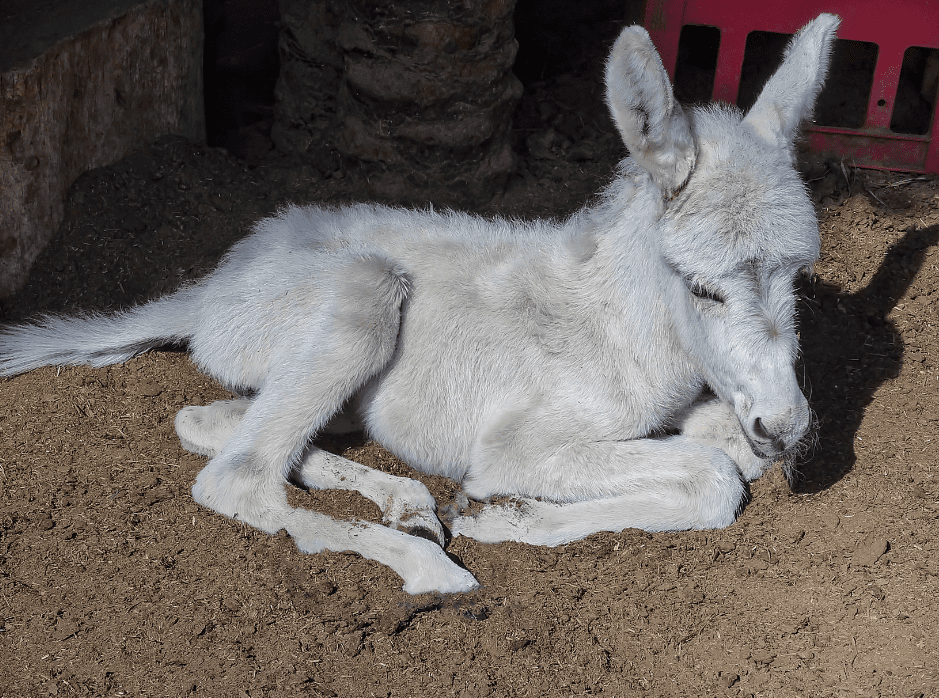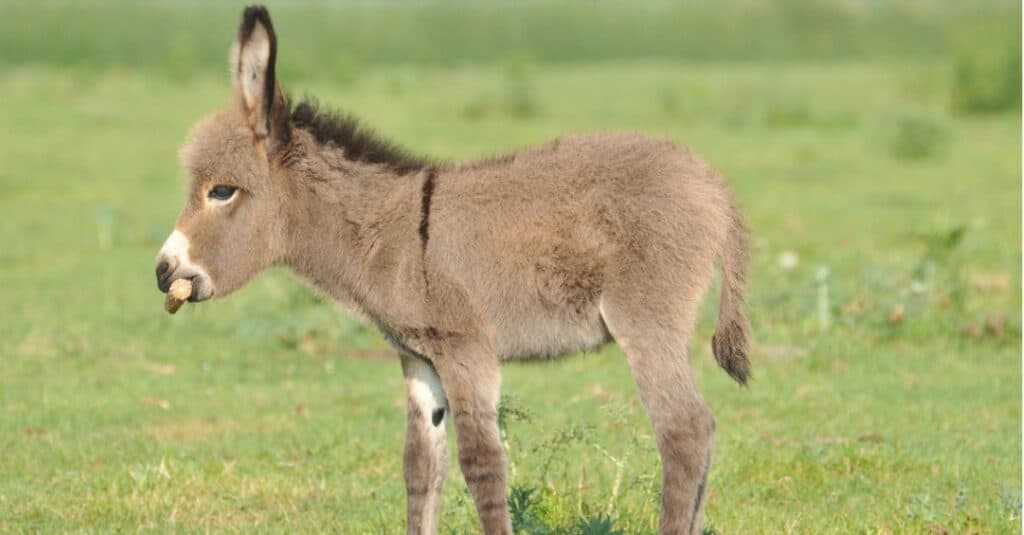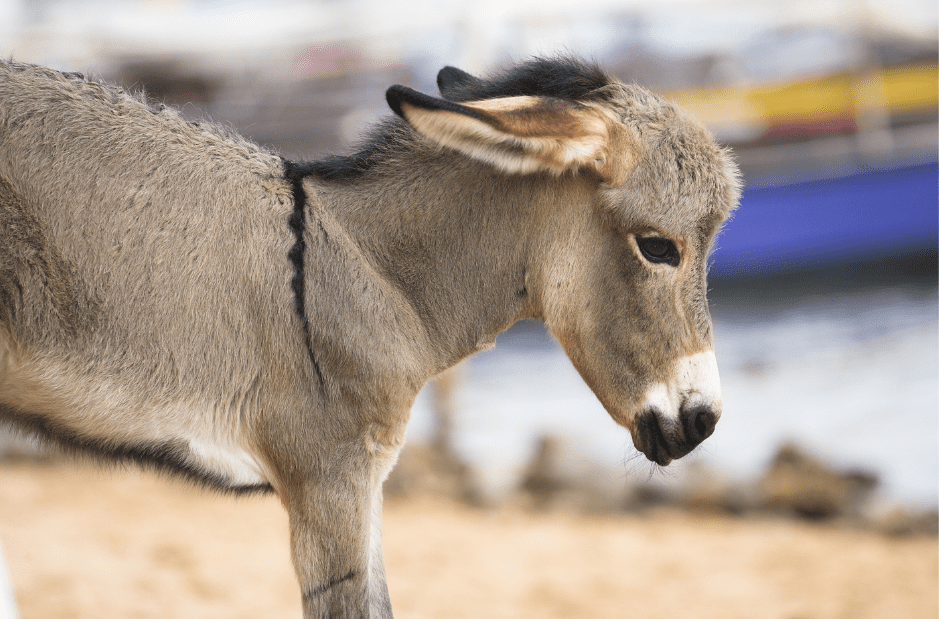Adorable Baby Donkeys: Facts & Pictures
What is the name for a baby donkey? It's a foal, a term brimming with the charm of youth and the promise of long-eared adventures. These endearing creatures, miniature versions of their stoic parents, embody a gentle curiosity that captivates animal lovers worldwide.
From their fuzzy coats and endearingly oversized ears to their playful antics and soft brays, foals bring a unique charm to the barnyard and beyond. But there's more to these little long-eared bundles than meets the eye. Their arrival, after a nearly year-long gestation period, is a testament to the resilience of their mothers, the jennets (or jennies), and the strength of the species. While single births are the norm, the rare arrival of twins is a doubly delightful surprise.
| Common Name: | Donkey |
| Scientific Name: | Equus asinus |
| Offspring: | Foal (colt for male, filly for female) |
| Gestation Period: | Approximately 12 months |
| Adult Female: | Jennet or Jenny |
| Adult Male: | Jack |
| Castrated Male: | Gelding |
| Lifespan: | 25-30 years (sometimes up to 50) |
| Reference: | The Donkey Sanctuary |
The journey from foal to adult donkey is a fascinating transformation. Newborn foals, wobbly-legged yet surprisingly strong, can stand and walk within hours of birth. This early mobility is essential, allowing them to keep up with their protective mothers. For the first year of their lives, they are known simply as foals. Beyond this milestone, they transition to "yearlings" and eventually, at around four years of age, reach full maturity.
The nomenclature surrounding donkeys offers a glimpse into their rich history and close ties with humans. While "donkey" is the most common term, they are also known as "asses" or "burros," reflecting regional variations in language. The term "jack," reserved for male donkeys, underscores their historical role in breeding, particularly with horses, producing the hybrid offspring known as mules (male donkey and female horse) or hinnies (male horse and female donkey). The importance of distinguishing a "jack" (the male donkey) from the term "jack" sometimes used for a male mule adds another layer of linguistic intricacy. Its a reminder of the complex relationship between these animals and the human societies that have shaped their roles.
Donkeys arent merely livestock; they are intelligent, social creatures that thrive on companionship. Ideally, they should be kept in pairs or small groups, allowing them to express their natural herd instincts. Their social bonds are vital for their emotional well-being, contributing to their overall health and longevity. These bonds are evident in the close relationship between a jennet and her foal, a bond that forms the cornerstone of donkey social structure.
The "eponychium," sometimes whimsically referred to as "fairy fingers" or "golden slippers," is a unique feature of newborn hoofed animals, including foals. This soft covering protects the mother during birth and wears away as the foal takes its first tentative steps. It's a reminder of the delicate balance of nature and the remarkable adaptations that ensure the survival of these gentle creatures.
From their distinctive spotted coats a patchwork of colors, most commonly white and brown to their endearingly clumsy gait, foals embody the innocence and resilience of youth. They remind us of the simple joys of the natural world and the profound connections we share with the animal kingdom. Whether frolicking in the pasture or snuggling close to their mothers, foals capture our hearts with their gentle nature and enduring spirit. Their presence enriches our lives, offering a glimpse into a world of long-eared charm and unwavering loyalty.
The diverse terminology used to describe donkeys and their offspring from the straightforward "foal" to the nuanced distinctions between "jennets," "jennies," and "jacks" reflects the intricate tapestry of their history and our relationship with them. It's a language of respect, born from centuries of shared experience, and a testament to the enduring appeal of these remarkable animals. So the next time you encounter a foal, take a moment to appreciate the richness of its heritage and the gentle wisdom it embodies. It's a reminder that even in the simplest of creatures, there is a world of wonder waiting to be discovered.


